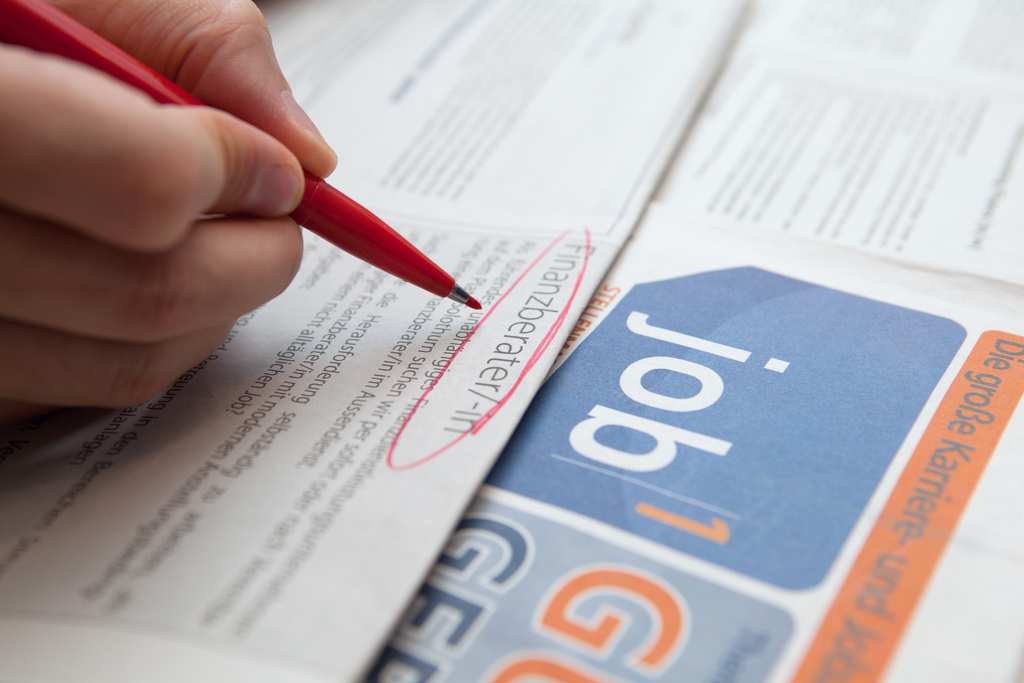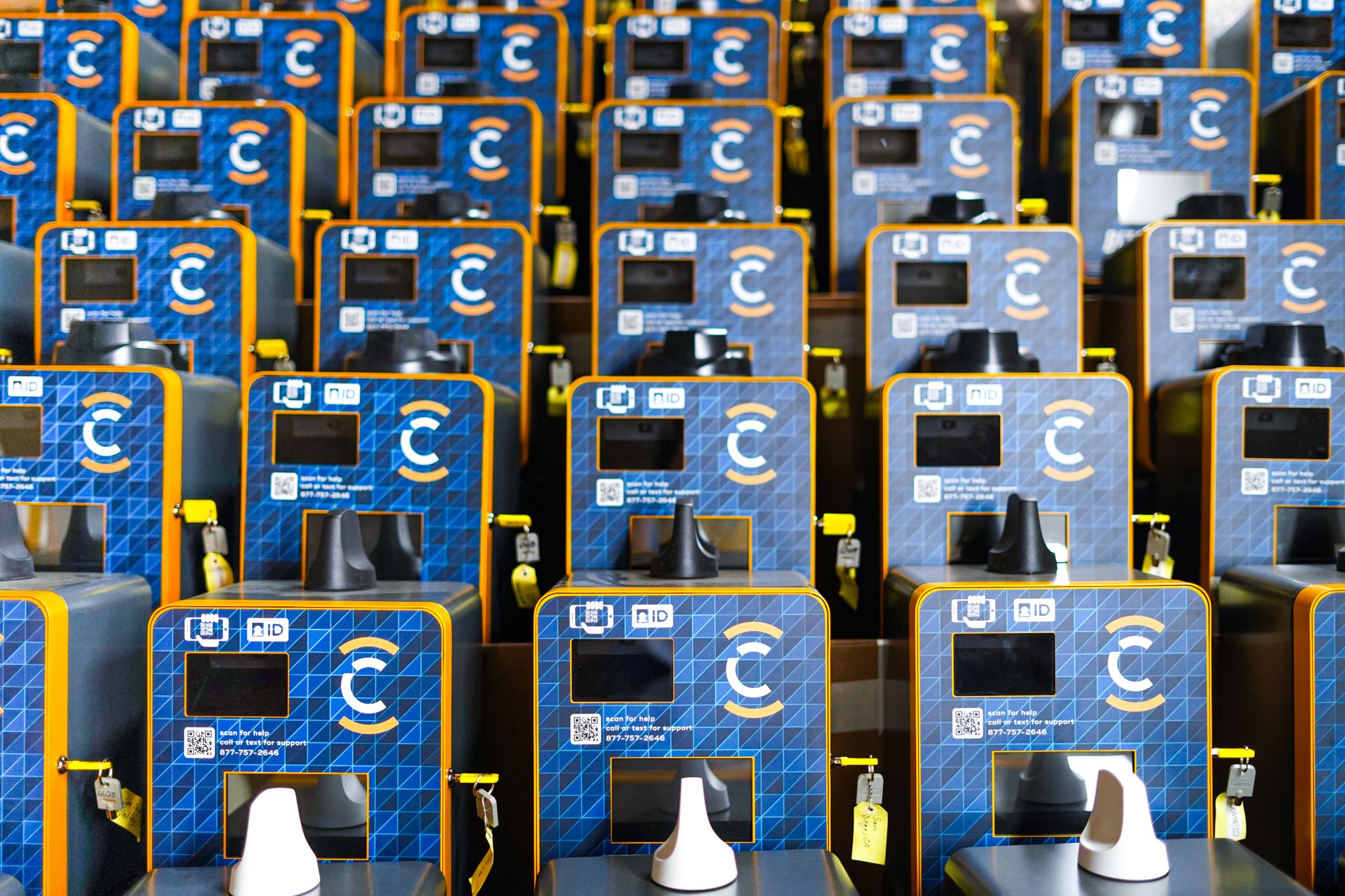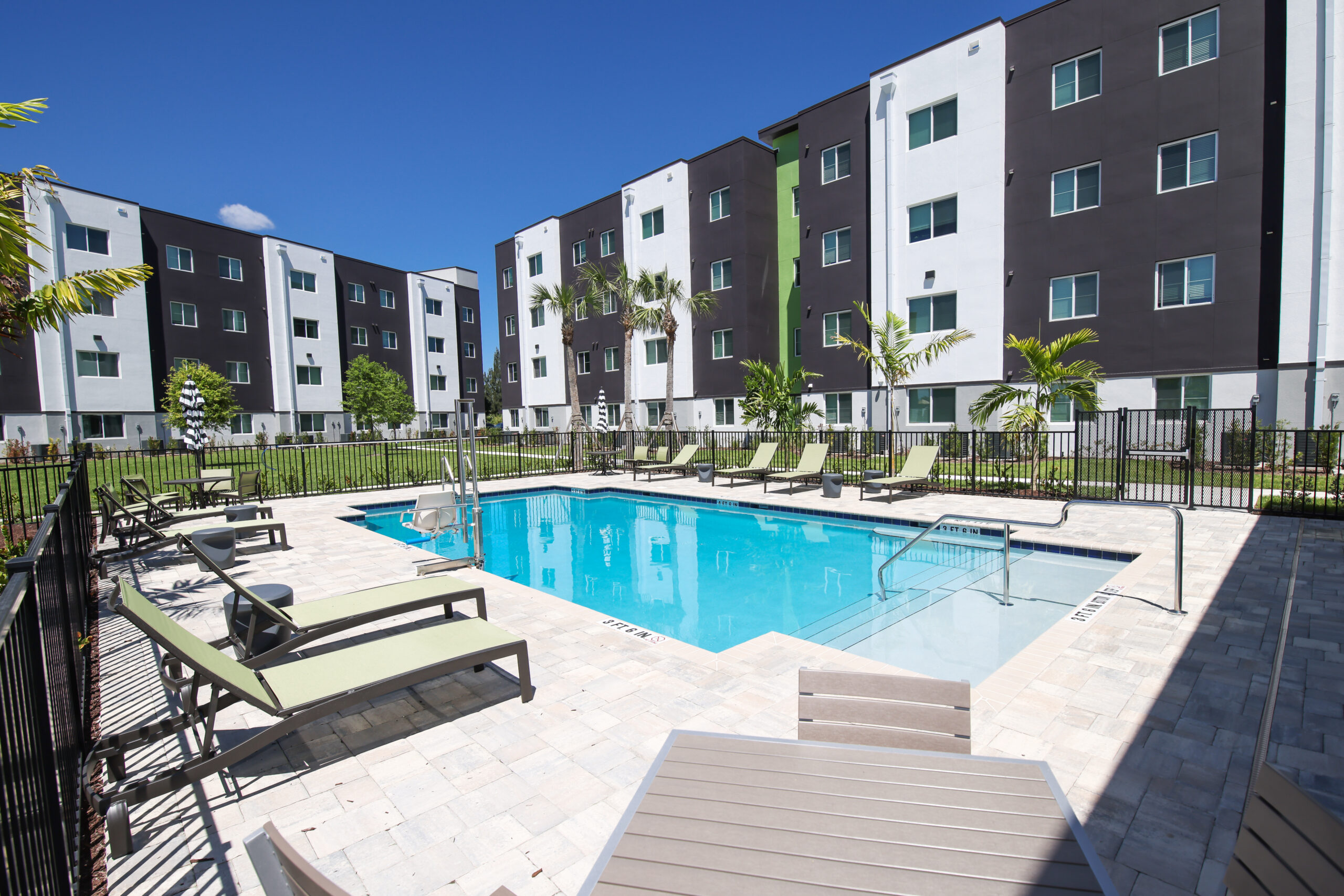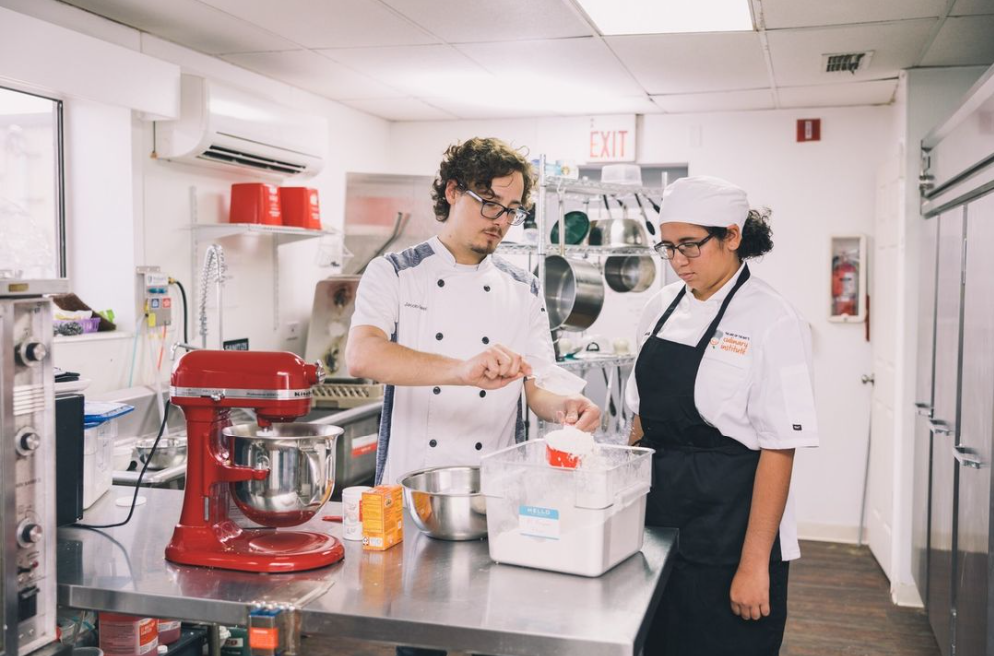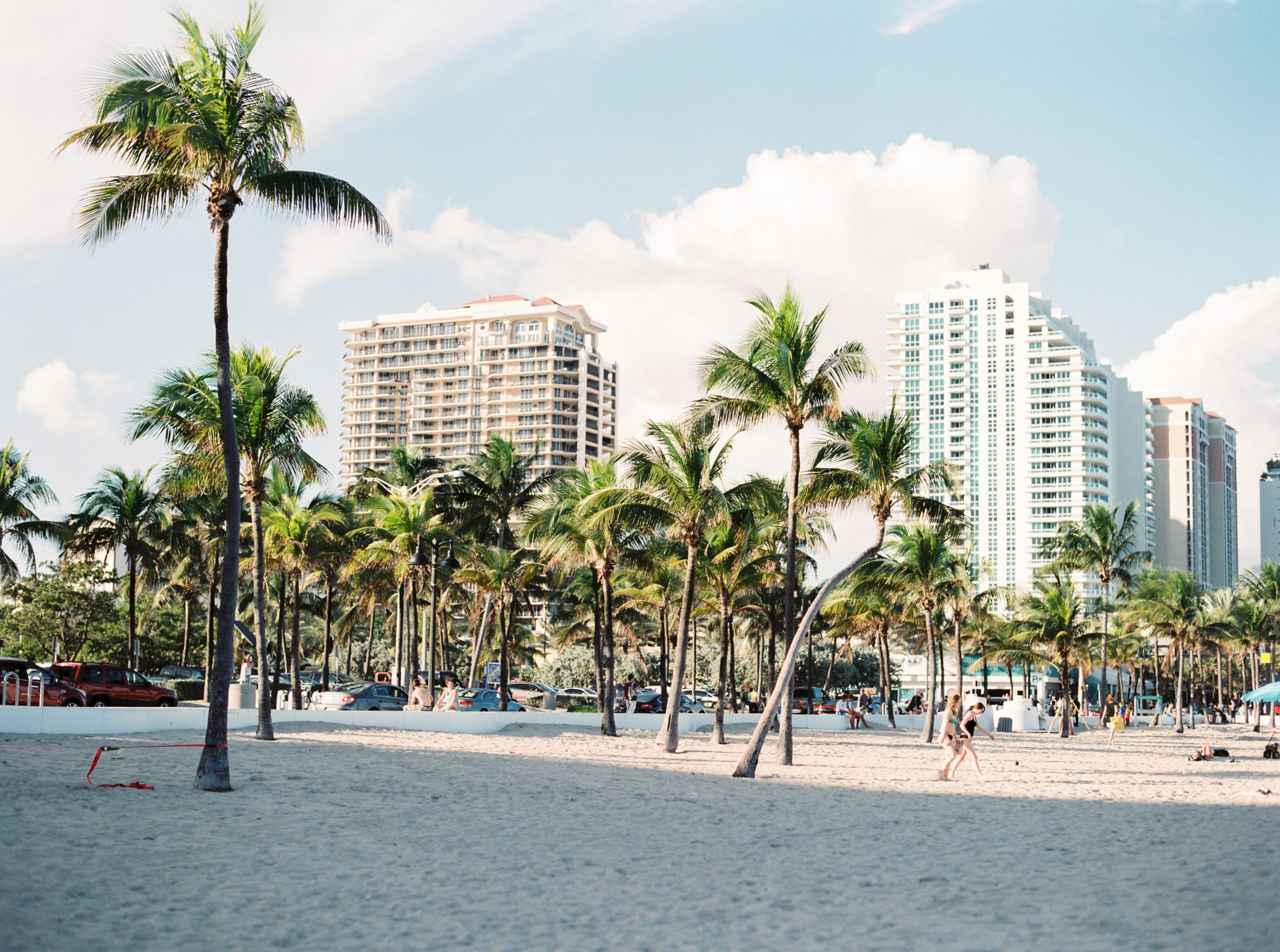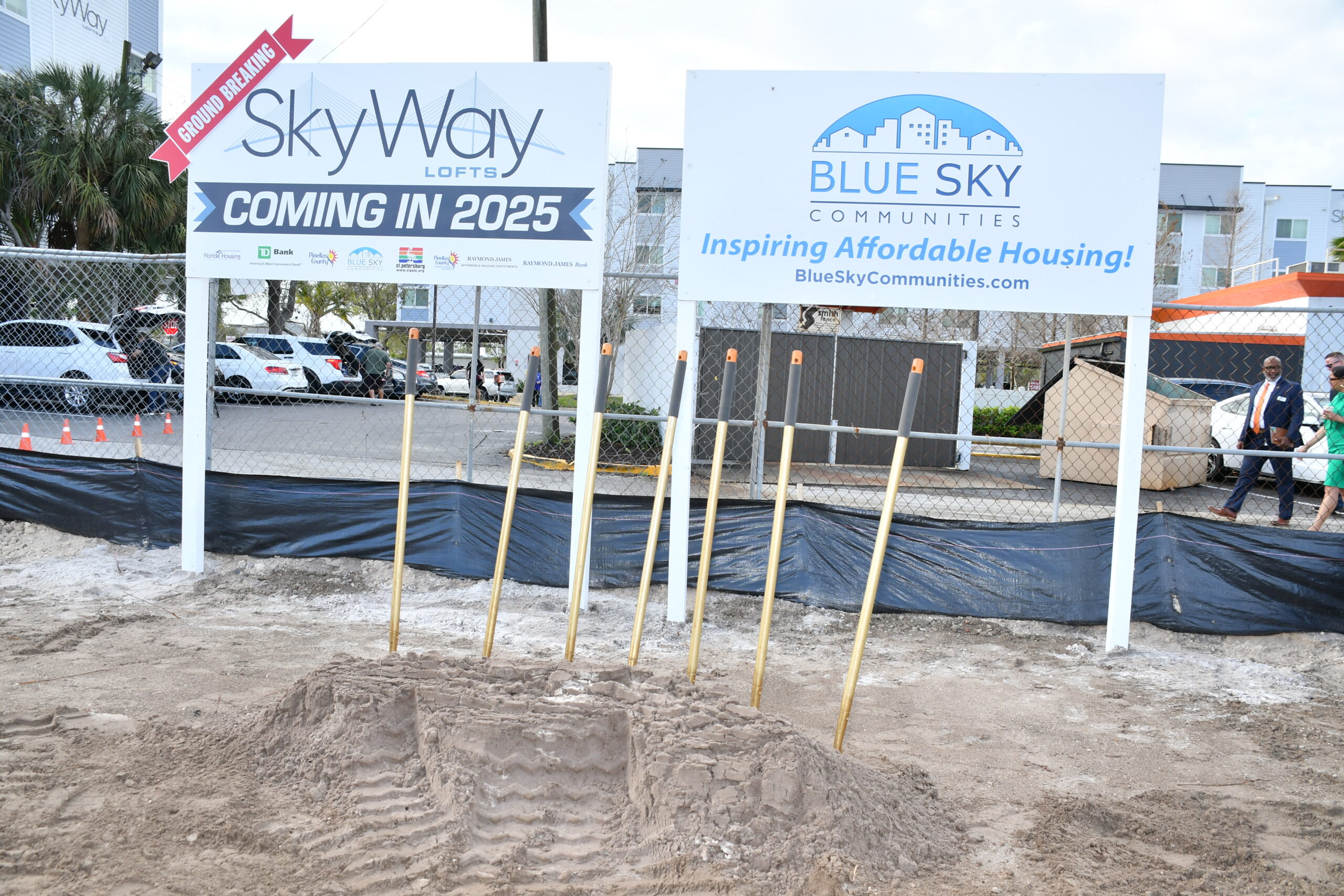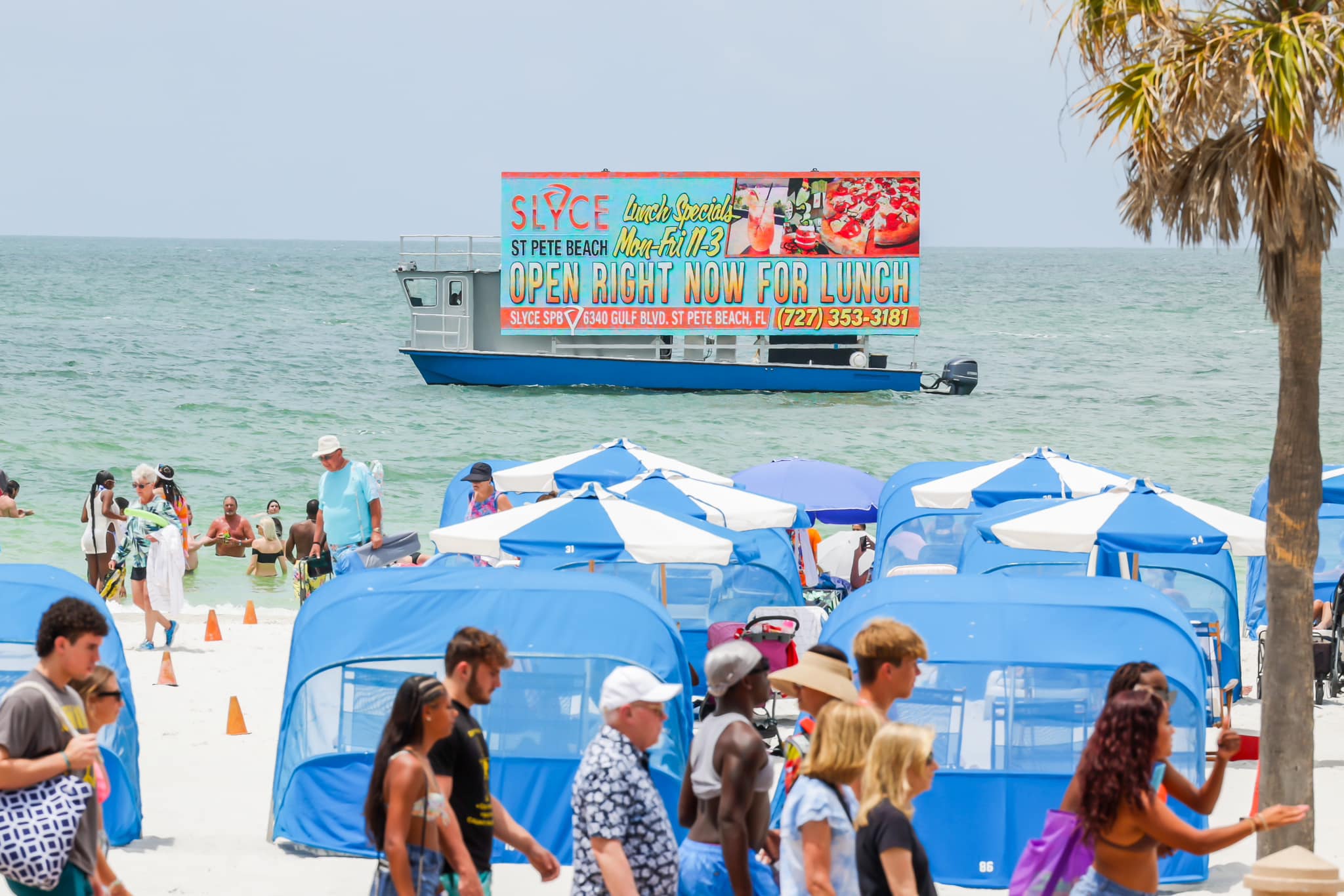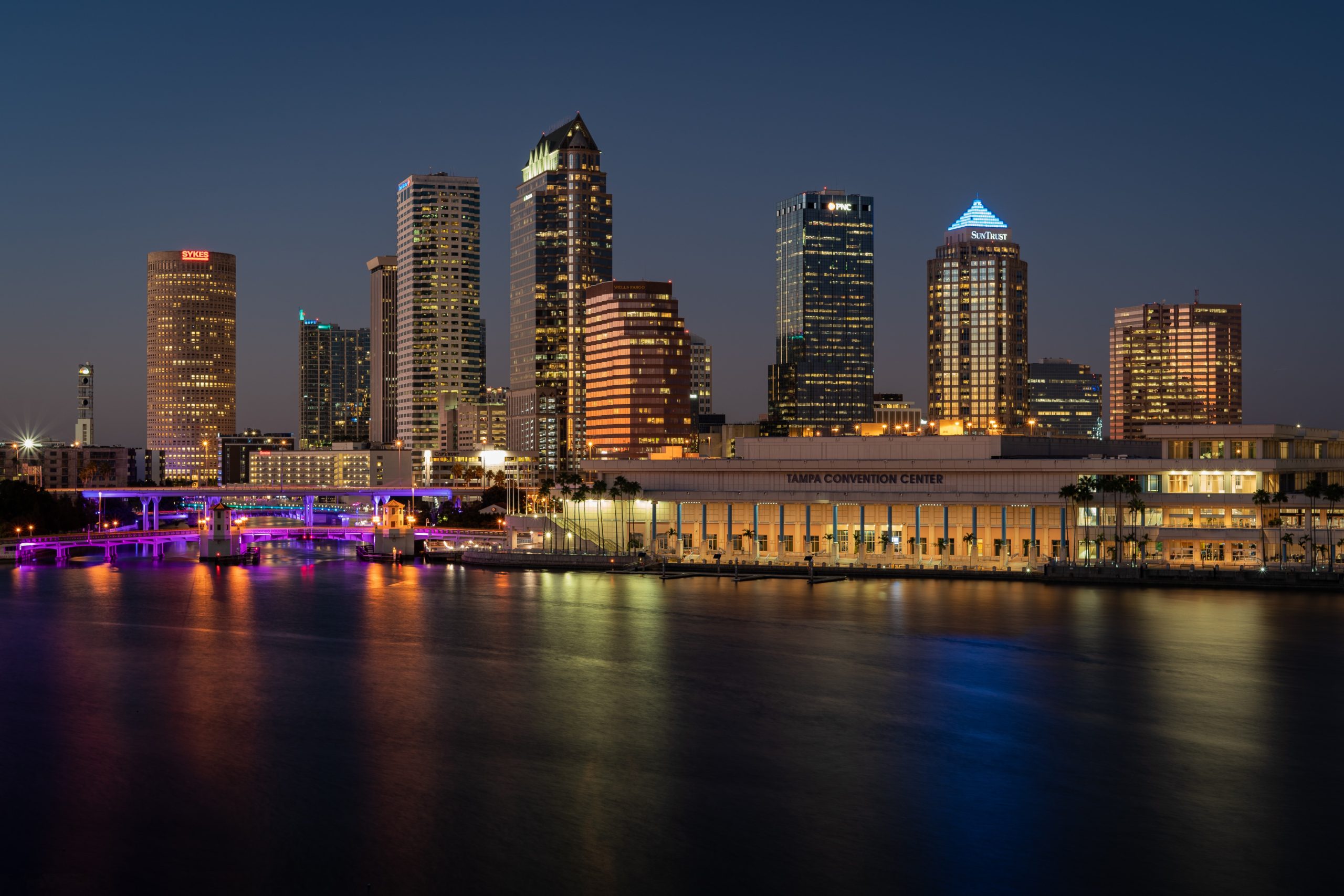
Florida’s waterways face ongoing challenges including beach erosion, rising sea levels, and degradation of coral reefs. Critical to addressing these issues is data. So a Miami-based media group is using their ad boats in South Florida to help gather as much data as possible.
Ballyhoo Media, in partnership with The International SeaKeepers Society, has partnered up to help out with the Seabed 2030 program.
This partnership will leverage Ballyhoo Media’s fleet of digital billboard boats to collect critical data that will help drive scientific research and lead to long-term solutions for Florida’s pressing environmental concerns.

Why study seabeds?
By studying seabeds, scientists will have better insight into the impact of climate change on our waterways and identify marine life habitats that are in danger. As of May 2023, only 25% of the ocean’s floor has been mapped. By 2030, the Seabed 2030 project aims to map 100% of the ocean’s floor to improve our understanding of the world’s oceans and support the sustainable use of marine resources. This invaluable data will enable a better grasp of the intricate web of ocean circulation patterns, which impact climate, weather, tides, and wave actions.
“Addressing the ocean’s ecological challenges without accurate data is like trying to sail through a storm without a compass,” said Nate Shapiro, Vice President of Ballyhoo Media. “The presence of our fleet of digital billboard boats is strong in South Florida, which puts us in a unique position to make a substantial contribution to this critical data collection effort.”

Seabed 2030
Launched by the UN Ocean Conference in 2017, the Seabed 2030 program is equipping Ballyhoo Boats with data logging technology attached to the boats’ navigation system. Every two months, The International SeaKeepers Society will collect the data from the boats and add it to the Seabed 2030 database. The information collected will produce a more accurate and detailed picture of the seafloor in Southeast Florida than ever before, helping scientists and researchers to better understand the complex ecosystems that exist beneath the waves.
Data collected through Seabed 2030 aims to fill scientific research gaps, benefiting navigational safety, detect unknown hazards, and aid mariners and ocean scientists. This data collection is made possible through support from the Nippon Foundation and General Bathymetric Chart of the Oceans (GEBCO).












